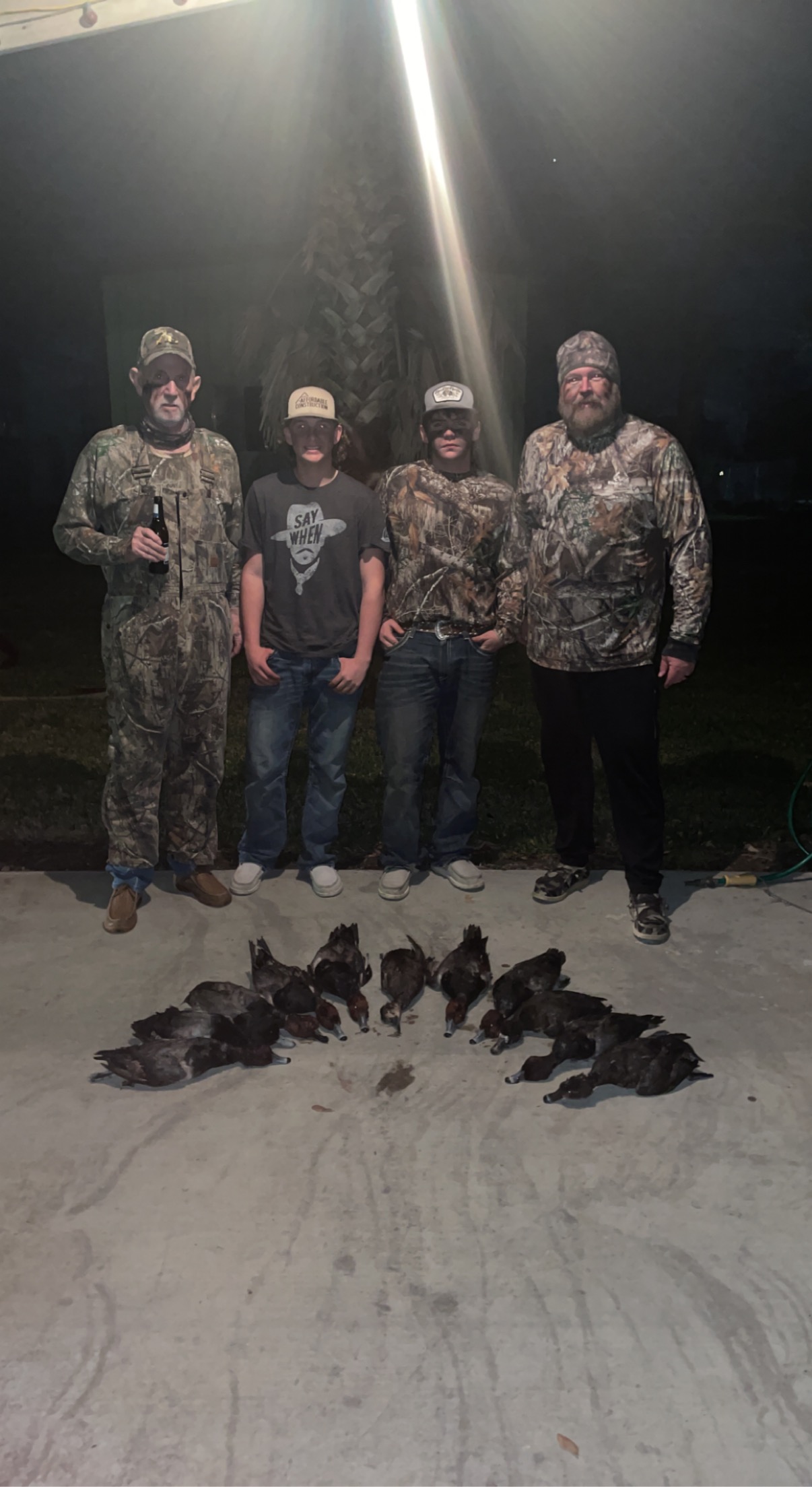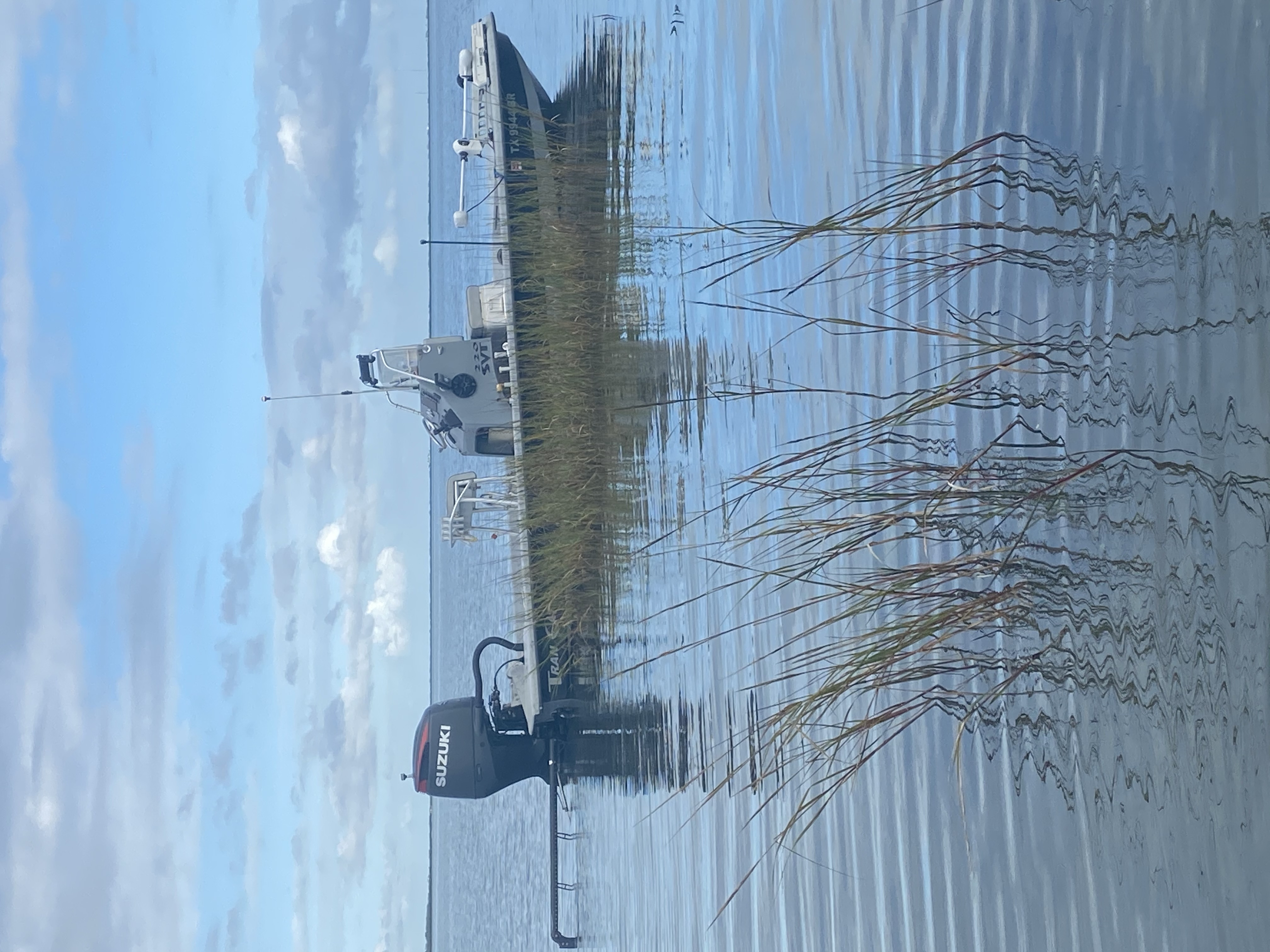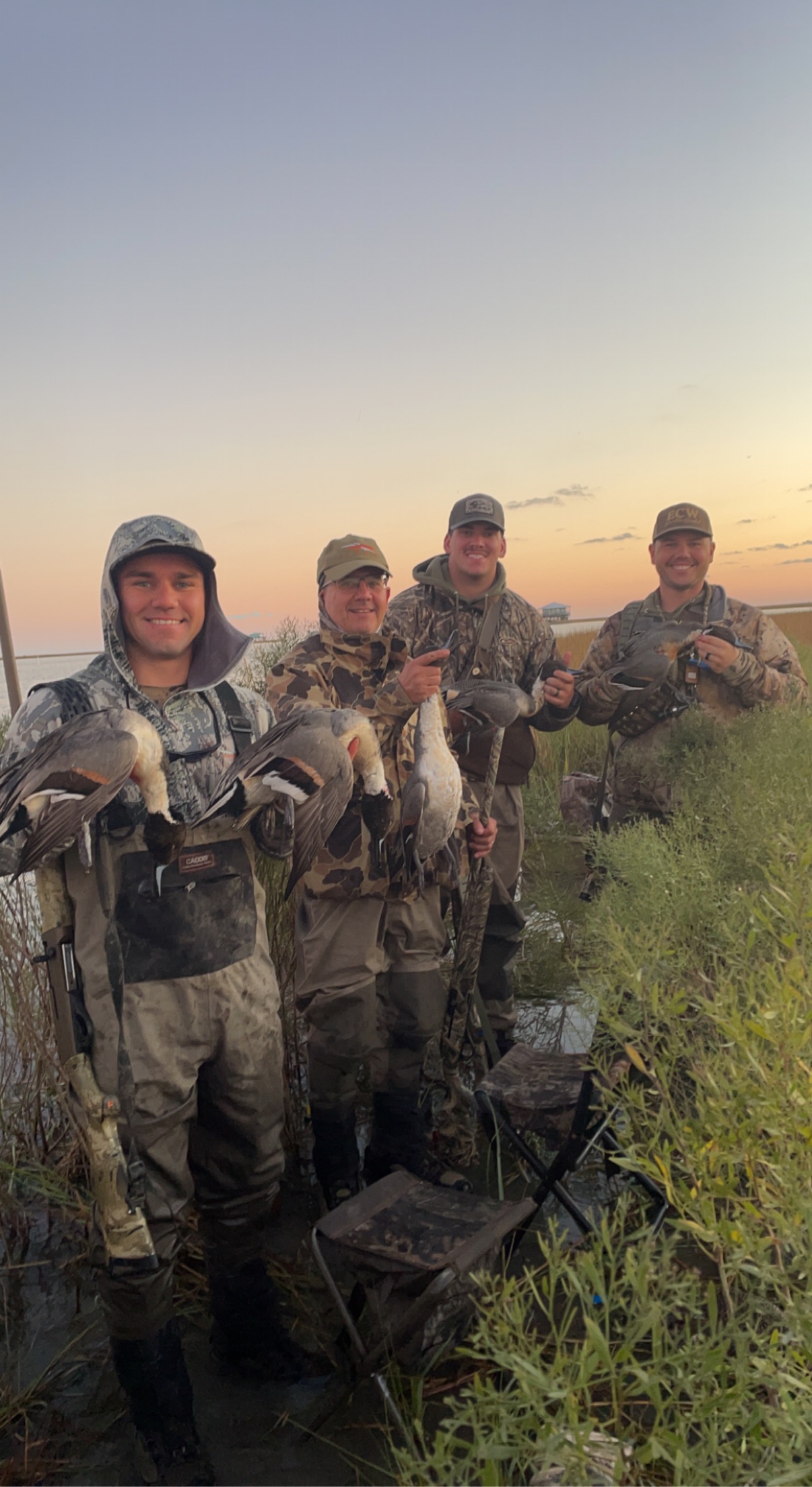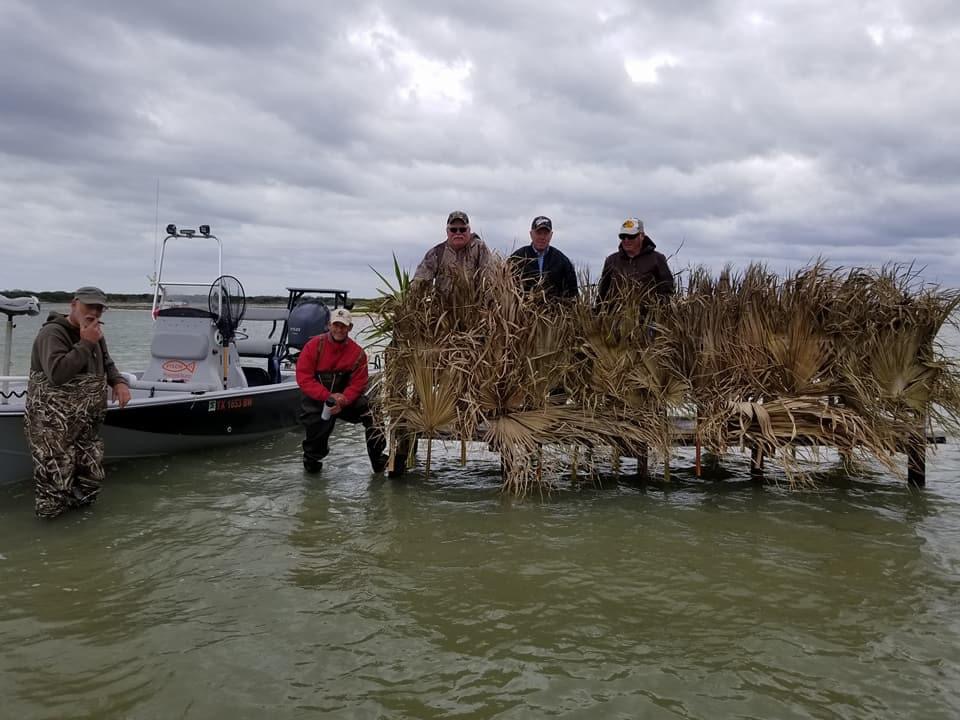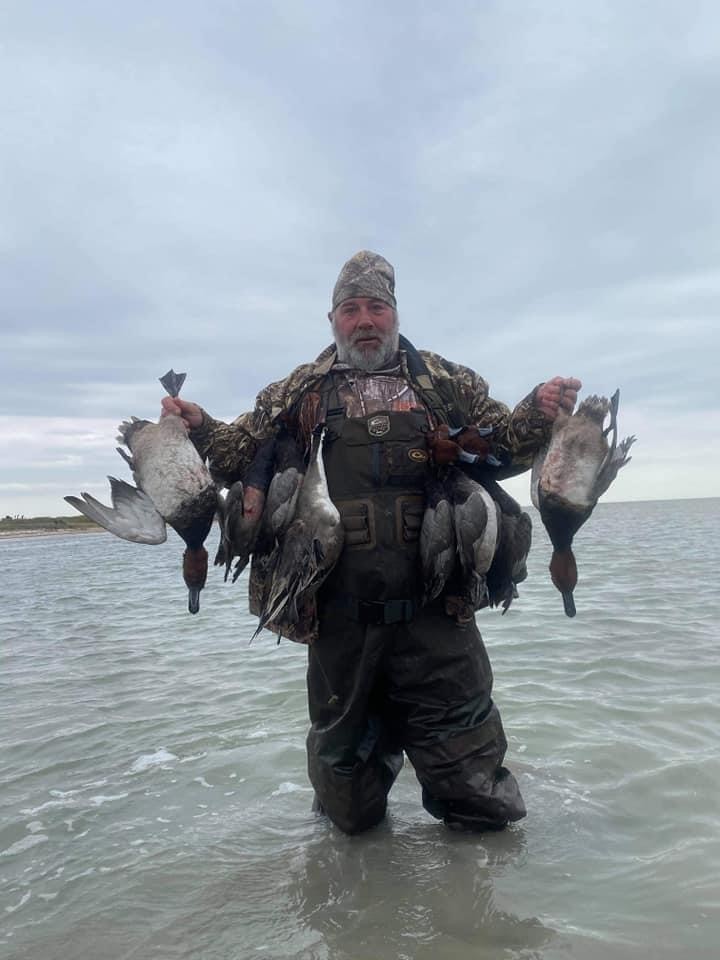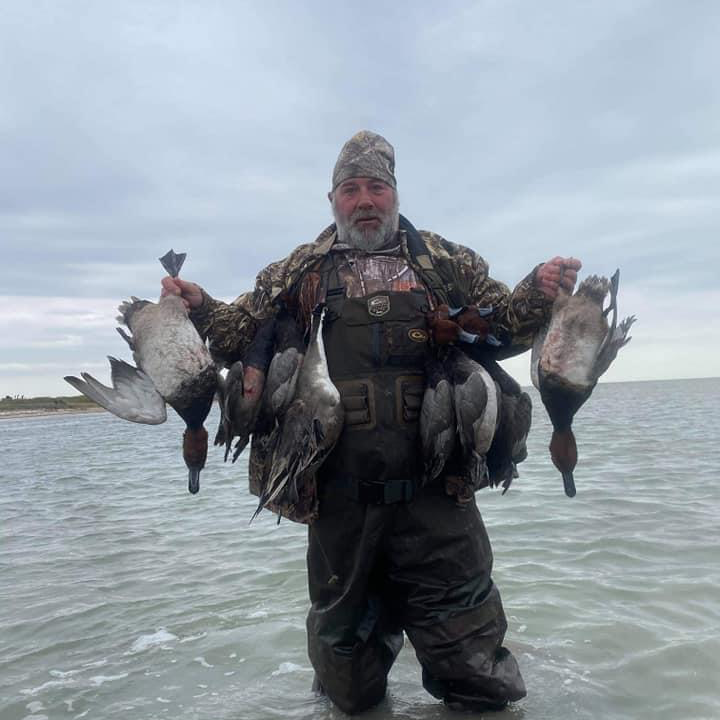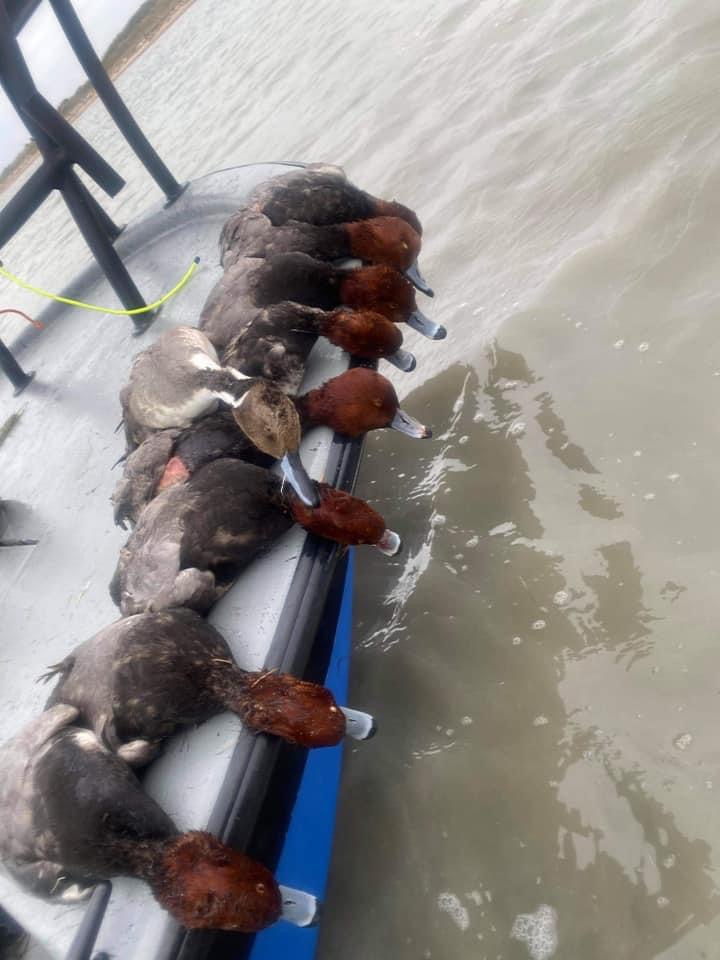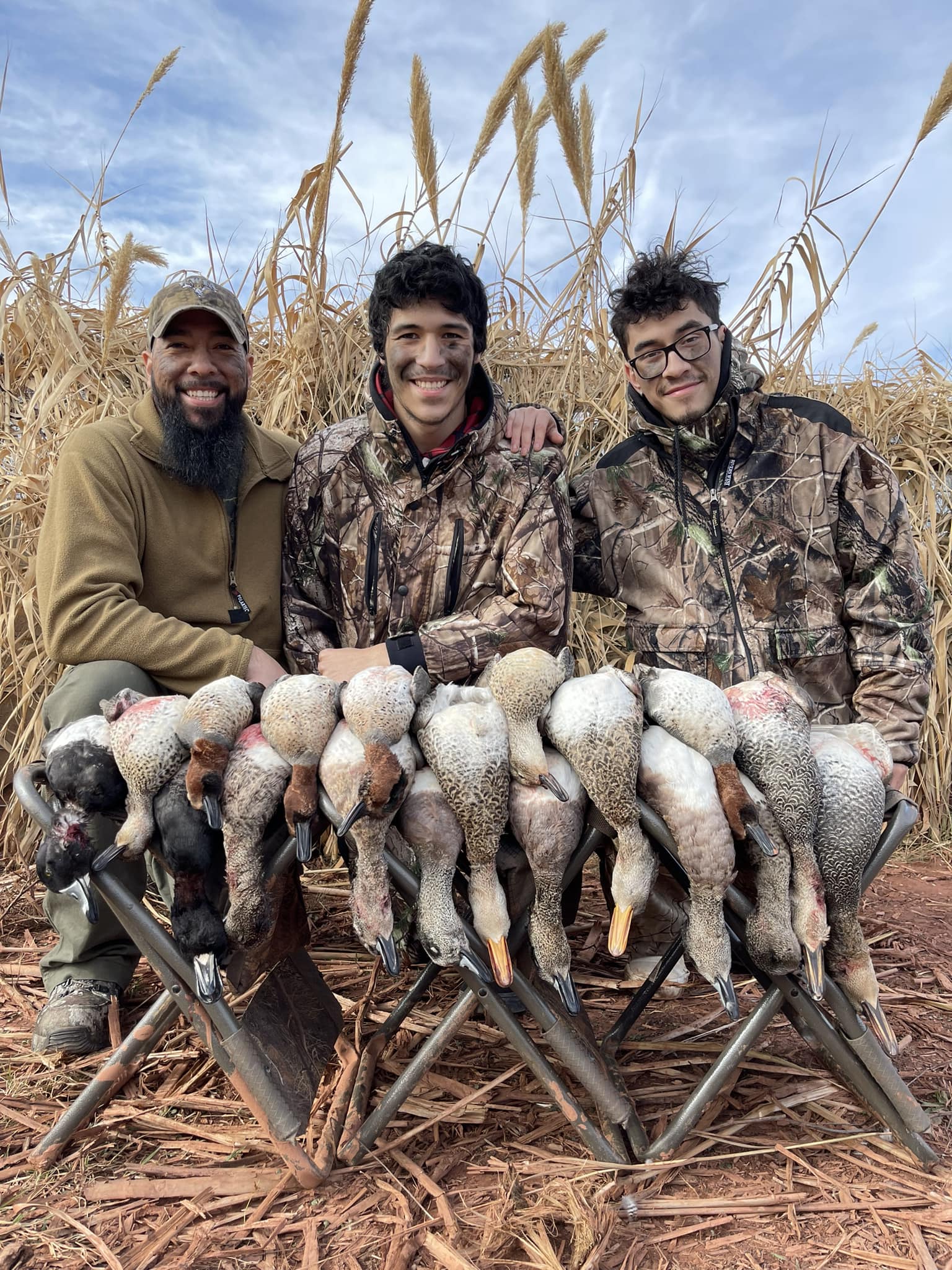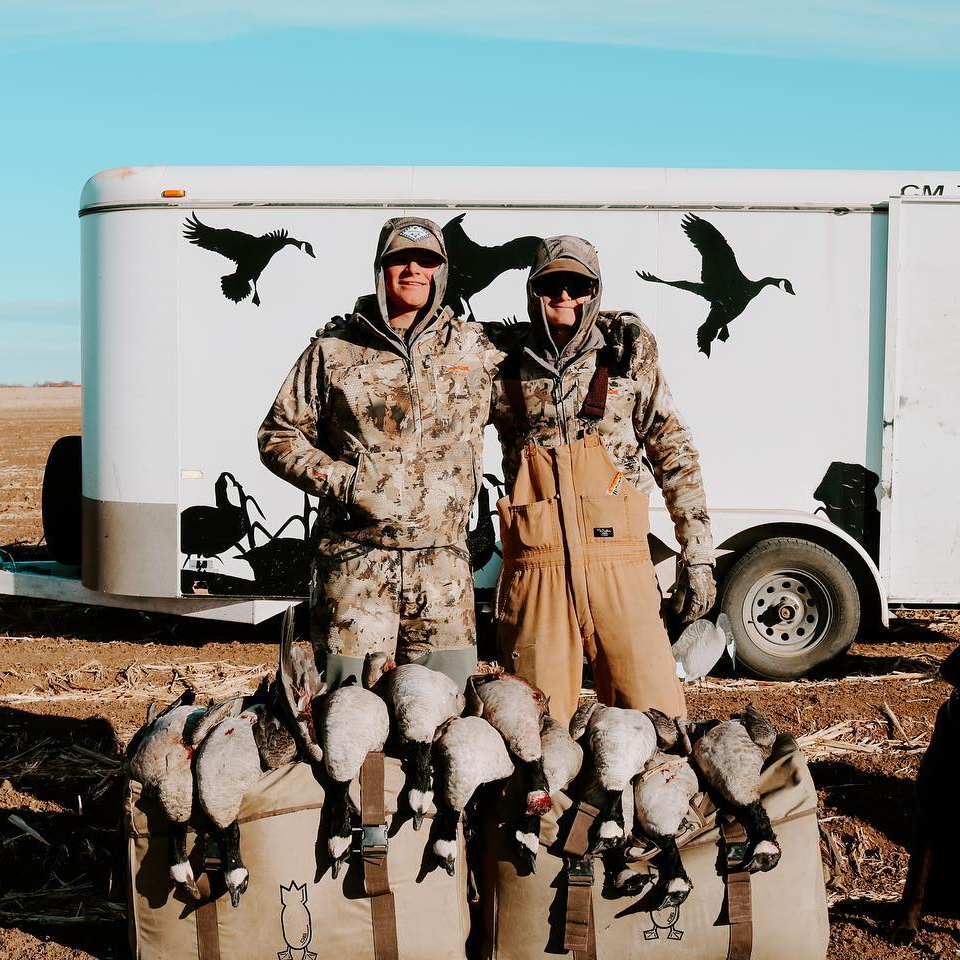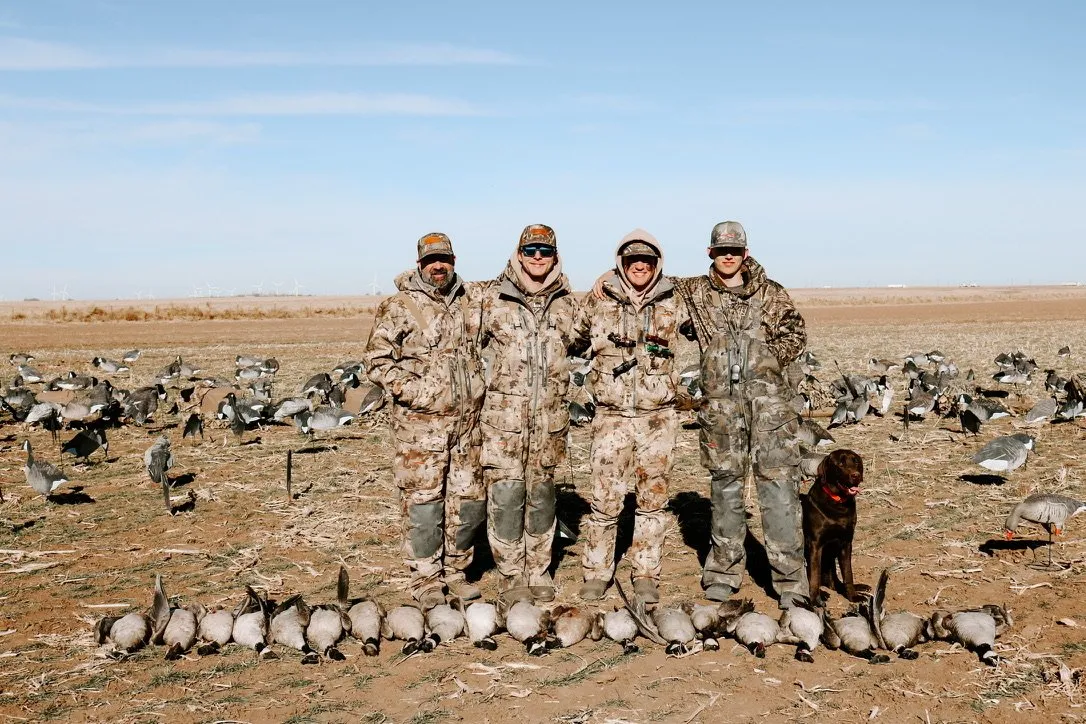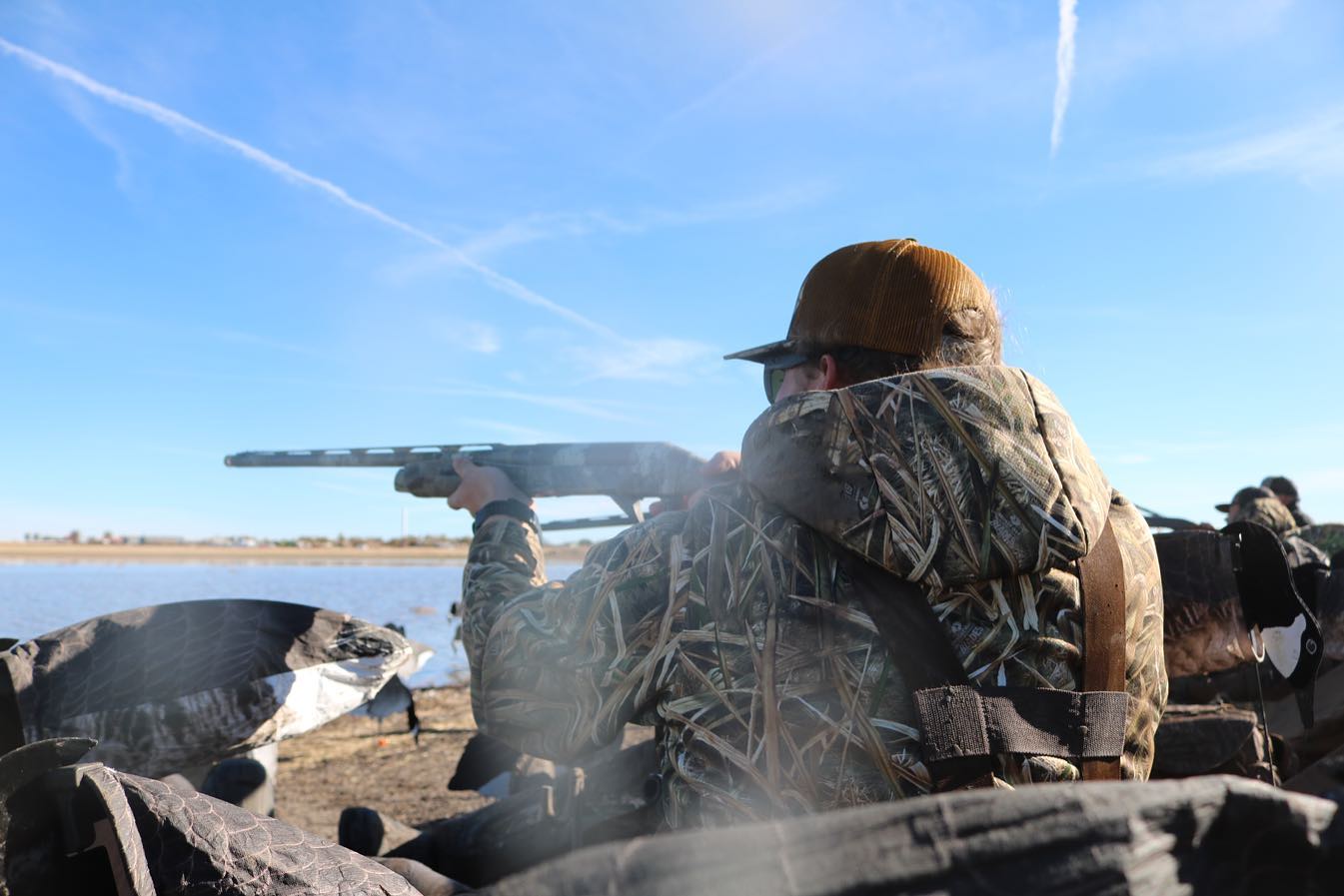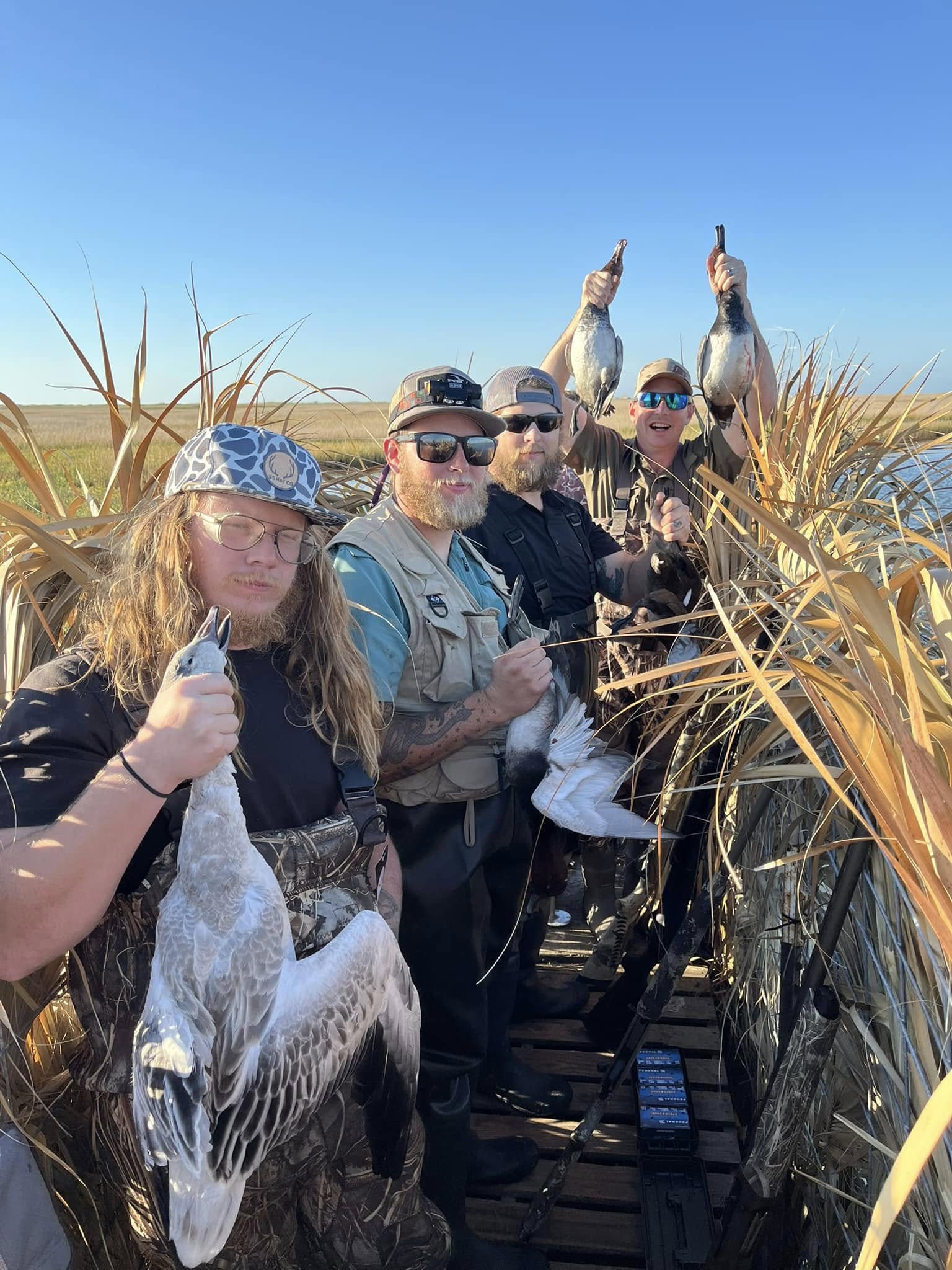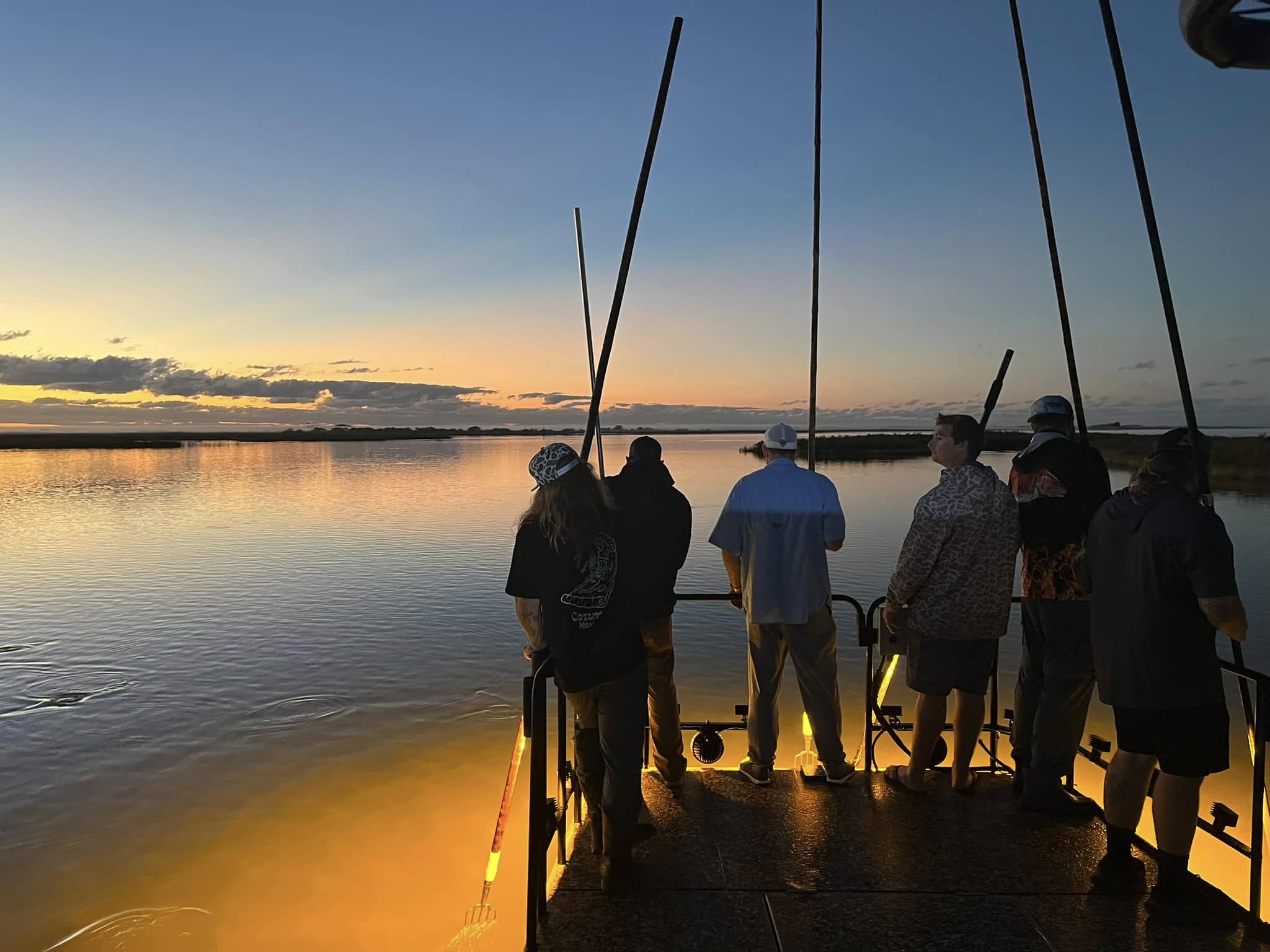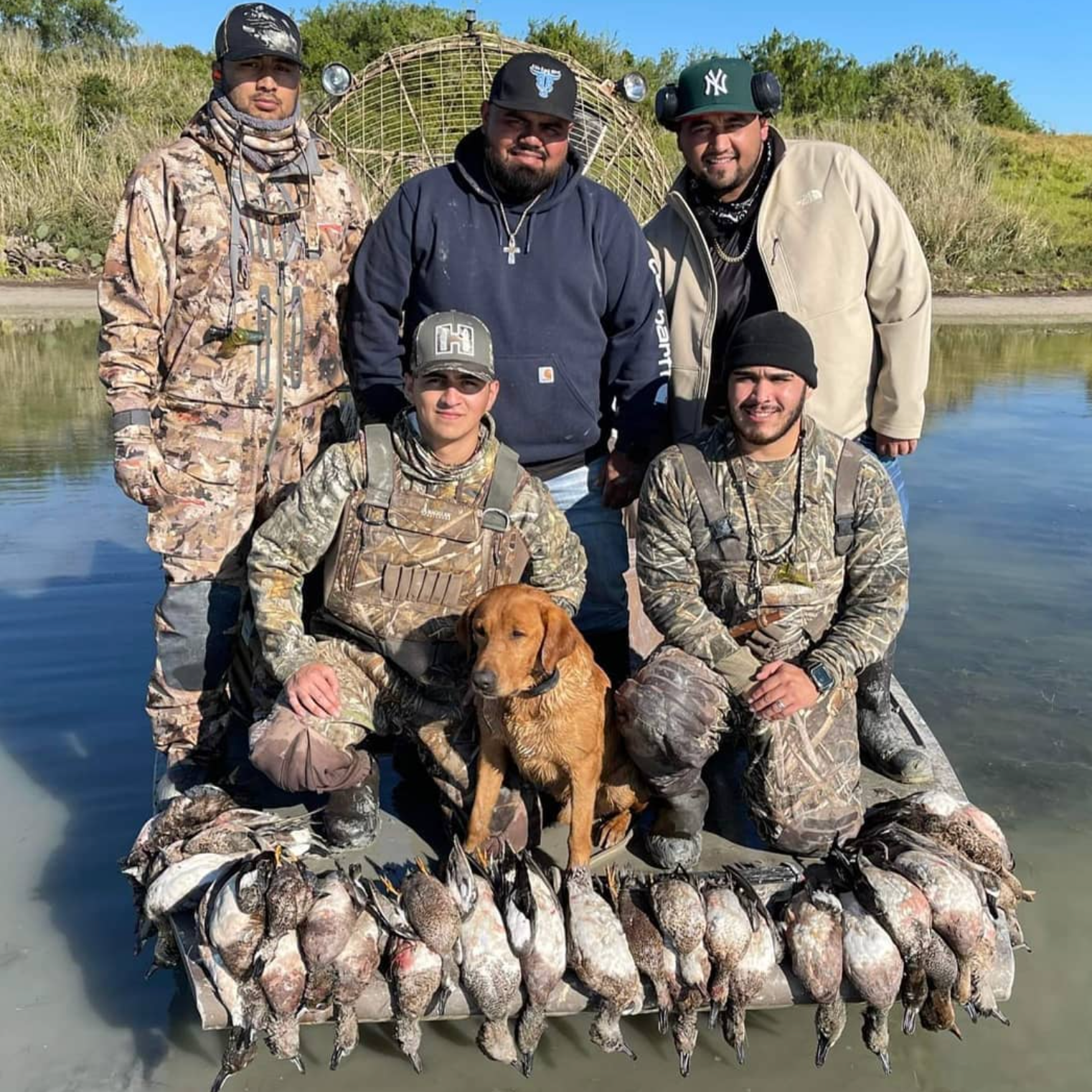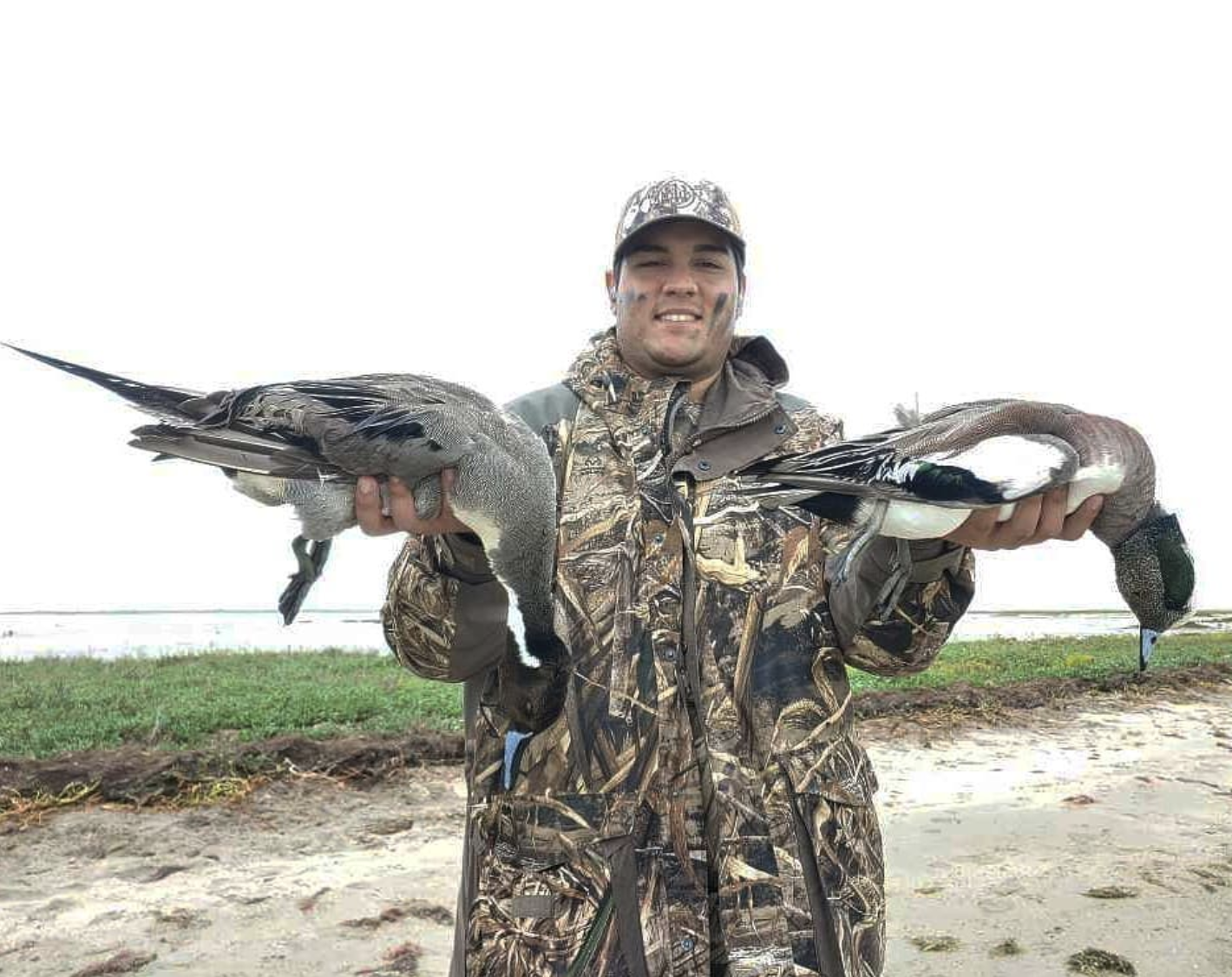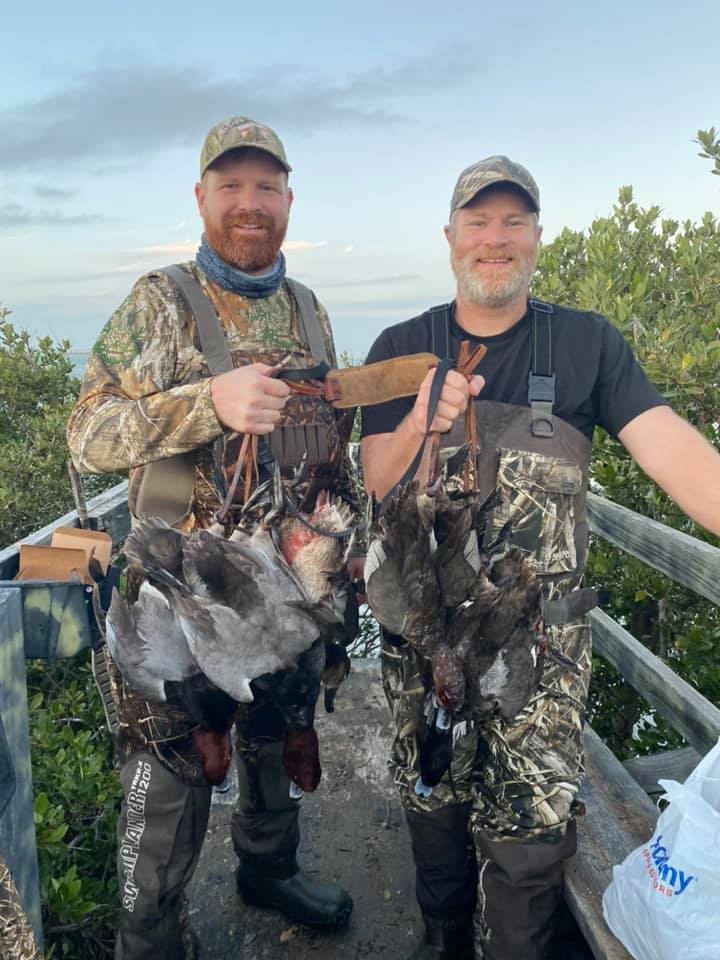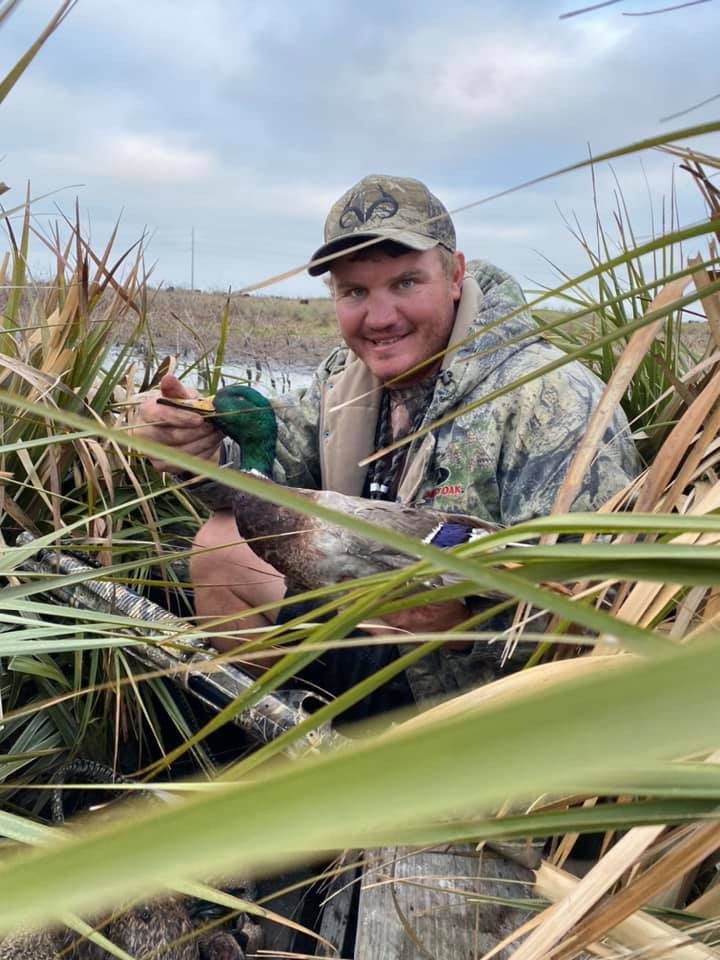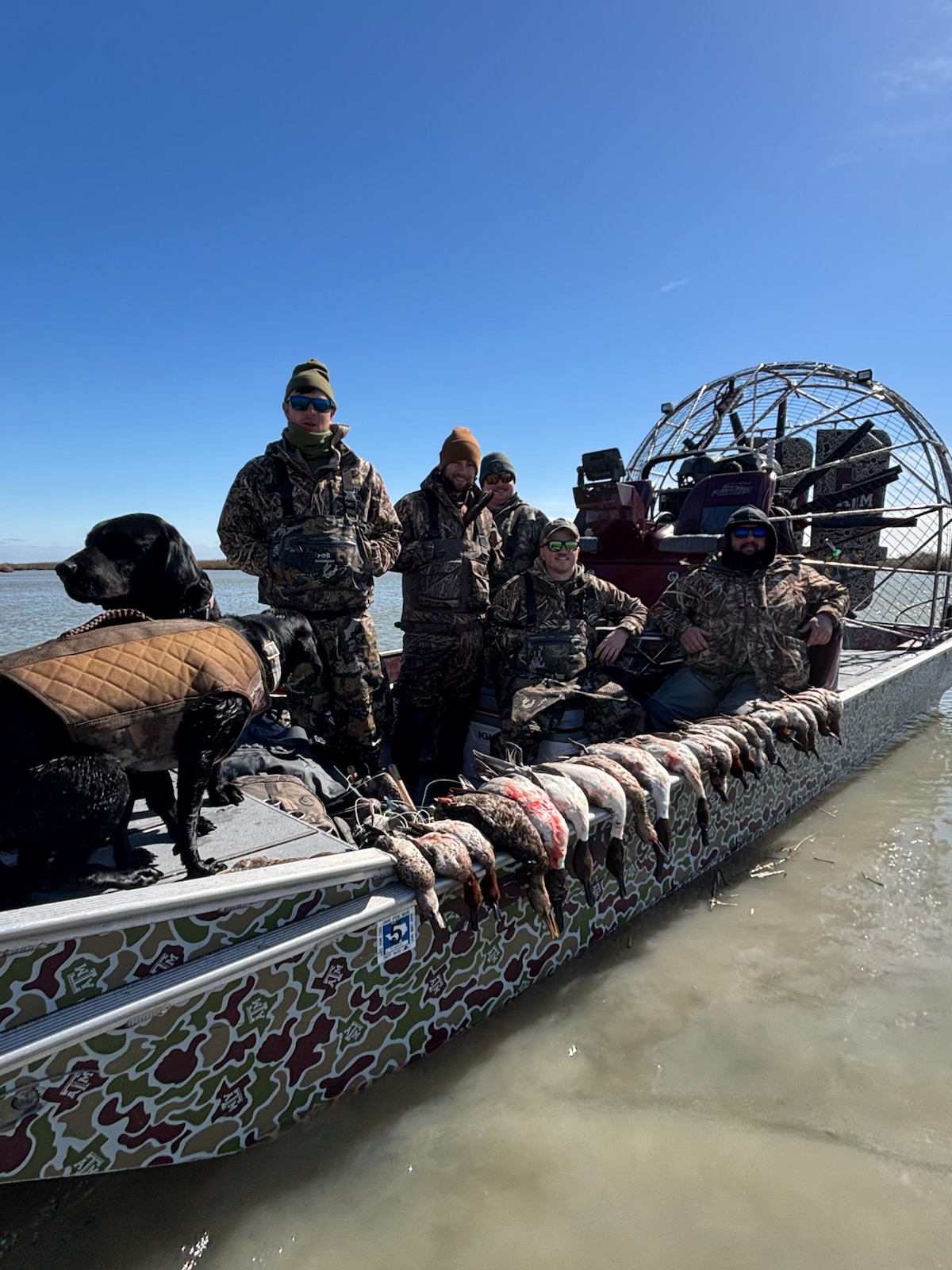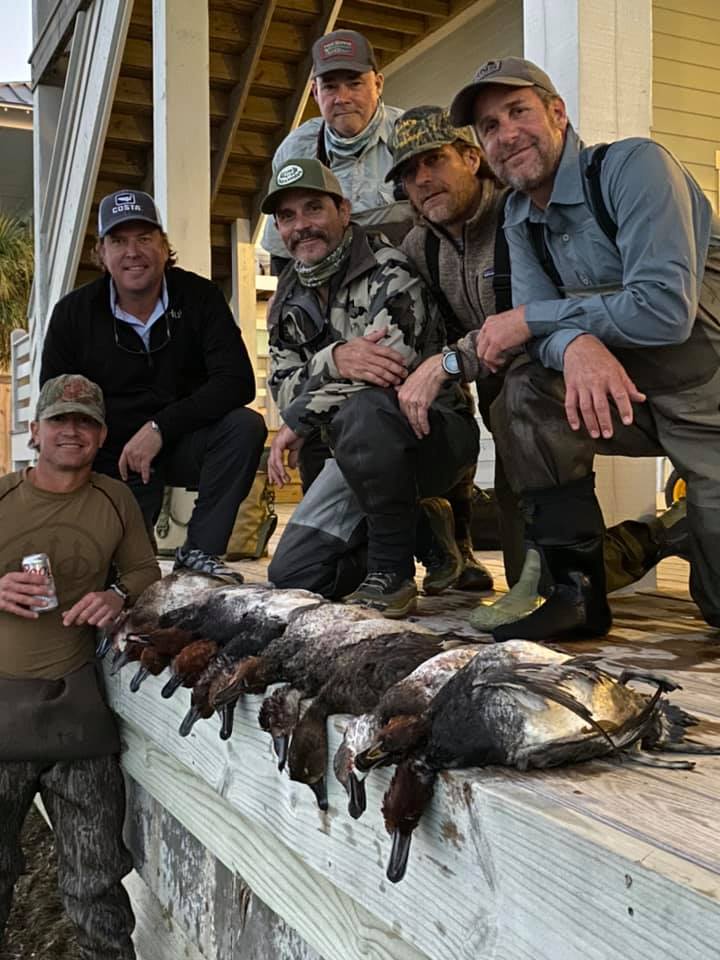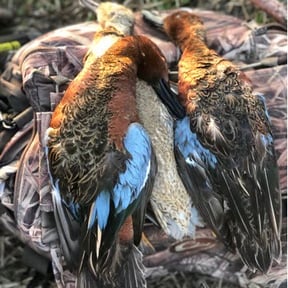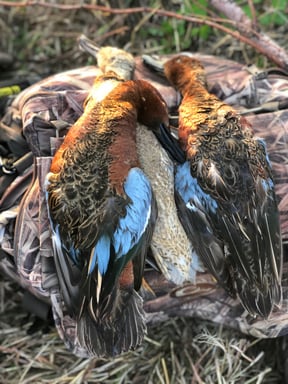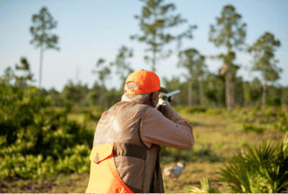TX Marsh And Bay Duck Hunts!
SPI Early Season Teal
South Padre Island Duck Hunting
Abilene TX Duck Hunts
Duck, Goose Hunting in Amarillo
High Plains Wings Wack
Duck Hunt & Gigging Combo
Dove Hunting South Padre Island
Duck Hunting in South Padre Island
South Texas Duck Hunts
Ingleside Texas Duck Blaster
Aransas Pass Quacker Smacker
We started Captain Experiences to make it easy to book fishing and hunting guides around the world. With over 2,000 Damn Good Guides, our platform makes finding and booking a trip seamless. Head here to check out our trips.
Scouting is one of the most vital parts of a successful hunt. If you’re not scouting, I would argue you’re just getting lucky when hunting. So let’s talk about how to maximize your time and adequately scout so you can consistently have killer hunts!
I’ve broken my scouting process into 4 steps to keep things simple. That way, you spend less time wishing the birds were where you’re hunting and more time hunting where the birds want to be.
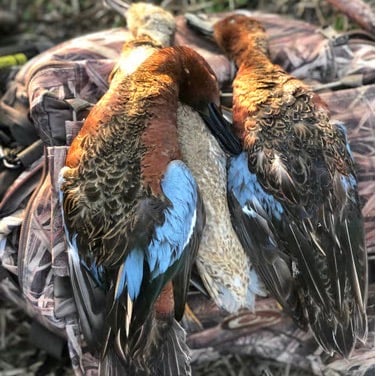
Step 1- Use Your Maps
I use OnX maps, but I couldn’t always afford a subscription, so I started by using Google maps with the satellite layer.The first thing I do is look for new locations that might be where ducks like to hang out. That could be crop fields, ponds, marshes, or creeks. I mark EVERYTHING that looks ducky.
I prefer to stay within an hour's drive of my house but feel free to venture out as far as possible. My initial pins are on public land because I know ducks will visit these areas, and I won’t have to ask permission to hunt here.
However, I mark other private land locations nearby because public land is often crowded, and ducks will go searching for a quieter and safer place to rest.
Step 2- Put Miles on Your Vehicle
Now it’s time to drive to all the pins you’ve dropped on your map. It’s best to do this before hunting season starts so you can walk to the area and get the layout of the land without disturbing another hunter.
In most places, you won’t be able to see from the road, so bring your hiking boots. You mustn’t go tromping across private property on which you don’t have permission; this will make getting permission impossible, as you’ve already upset the landowner.
Once you’ve determined several locations that look like ducks will be there during the season, keep those on your map and delete the others you won’t use.
Step 3- Find the X
Now it’s time to get out before and during duck season for scouting. Drive to your spots and locate the exact location the ducks are hitting. So if they’re hitting a field, you want to mark exactly where the biggest group is; this is called the X.
If the birds are on one end of the pond, mark that spot. I’ve had hunts where we missed the X by 100 yards and went from having a chance to limit out to only shooting a few ducks. It matters that much!
The X is where you want to set up your decoys and hunt because instead of convincing the ducks to come over to you, they’ll already have their minds made up about where they’re going.
Step 4- Get Permission
When hunting private land, this is the essential part of scouting because it doesn’t matter how many birds are there if you don’t have permission to pursue them.
In my neck of the woods, getting permission is a toss-up. Some people don’t mind hunters as long as they pick up after themselves and don’t tear anything up, and others will slam the door in our faces just for asking. My advice for getting permission is to be polite and represent hunters in a positive light.
Someone else might be hunting their property this season, but you might be able to hunt it next season. Once you have permission, ask the landowner if there are any special rules they have for using their property, and be sure to follow them.
Cut’Em!
Now that you’ve gotten permission and found the X, it’s time to set up your dekes and start dropping ducks as they pile in; hah, if only it were that easy!
To consistently have good hunts, you must dedicate a lot of time to scouting and hunting; if you don’t have time to do it correctly, it’s best to hire a waterfowl guide to do it all for you!
Joey Butrus
Updated on June 21, 2023

July 1, 2024
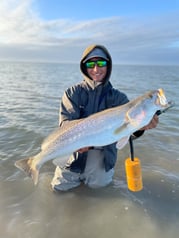
January 19, 2021

March 8, 2022

November 15, 2023

June 28, 2023
Related Articles
October 22, 2022
December 11, 2022
August 17, 2023
Featured Locations
- Fishing Charters Near Me
- Austin Fishing Guides
- Biloxi Fishing Charters
- Bradenton Fishing Charters
- Cabo San Lucas Fishing Charters
- Cancun Fishing Charters
- Cape Coral Fishing Charters
- Charleston Fishing Charters
- Clearwater Fishing Charters
- Corpus Christi Fishing Charters
- Crystal River Fishing Charters
- Dauphin Island Fishing Charters
- Daytona Beach Fishing Charters
- Destin Fishing Charters
- Fort Lauderdale Fishing Charters
- Fort Myers Fishing Charters
- Fort Walton Beach Fishing Charters
- Galveston Fishing Charters
- Gulf Shores Fishing Charters
- Hatteras Fishing Charters
- Hilton Head Fishing Charters
- Islamorada Fishing Charters
- Jacksonville Fishing Charters
- Jupiter Fishing Charters
- Key Largo Fishing Charters
- Key West Fishing Charters
- Kona Fishing Charters
- Lakeside Marblehead Fishing Charters
- Marathon Fishing Charters
- Marco Island Fishing Charters
- Miami Fishing Charters
- Montauk Fishing Charters
- Morehead City Fishing Charters
- Naples Fishing Charters
- New Orleans Fishing Charters
- New Smyrna Beach Fishing Charters
- Ocean City Fishing Charters
- Orange Beach Fishing Charters
- Panama City Beach Fishing Charters
- Pensacola Fishing Charters
- Pompano Beach Fishing Charters
- Port Aransas Fishing Charters
- Port Orange Fishing Charters
- Rockport Fishing Charters
- San Diego Fishing Charters
- San Juan Fishing Charters
- Sarasota Fishing Charters
- South Padre Island Fishing Charters
- St. Augustine Fishing Charters
- St. Petersburg Fishing Charters
- Tampa Fishing Charters
- Tarpon Springs Fishing Charters
- Venice Fishing Charters
- Virginia Beach Fishing Charters
- West Palm Beach Fishing Charters
- Wilmington Fishing Charters
- Wrightsville Beach Fishing Charters
